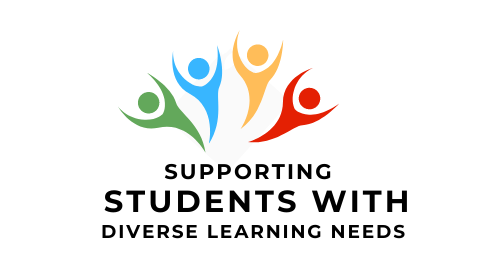People with visible disabilities have a visible impairment, or use an assistive device, such as a wheelchair, walker or cane. Students with visible disabilities may receive more support, as their disability is apparent to people around them. However, they may also experience more negative reactions and discrimination as a result of their impairment. Students with visible disabilities may also have invisible disabilities.
Case Study & Guiding Questions:
Matt is a student with quadriplegia. In this video he talks about his disability and how it has affected him in college. As you watch the video, consider these 2 questions:
- How did Matts disability impact his learning?
- What helped him to be successful?
Jot down your responses to the 2 questions in your learning journal.
Ask participants to share their responses to the 2 questions as part of your classroom discussion.
Impacts on Learning
Physical disability may have an impact on some or all activities to a greater or lesser extent. Students with physical disabilities may have problems related to movement, posture (e.g., sitting, standing), grasping or manipulating objects, communication, eating, seeing, or hearing.
Common impacts on learning include:
Click on the accordions below to expand and learn more.
Berry and Domene (2015) observed that students with physical disabilities report that support from postsecondary faculty and staff, along with environmental and material supports, are important for achieving success in their postsecondary studies.
Examples of common accommodations include:
| Common Characteristics of a Student with Physical Disabilities | Commonly Suggested Accommodations/Classroom Adaptations |
|---|---|
| Has unique needs in terms of physical space or has difficulty using chairs/tables in the classroom/lab. | Create a physically accessible environment that is not mobility-limited. |
| Student needs specialized transportation. | Be flexible with the schedule. Students may arrive late or have to leave before the class is over due to adapted transportation services. |
| Student has sensory limitations in accessing content in the classroom environment. | Provide visual materials to students with limited vision in an accessible format before lecture or verbally repeat or describe visual content; provide sign language interpreters for students who are deaf. |
| Student has difficulty finishing assignments and/or tests in allotted time. | Extra time for tests/exams and perhaps some components of coursework. |
